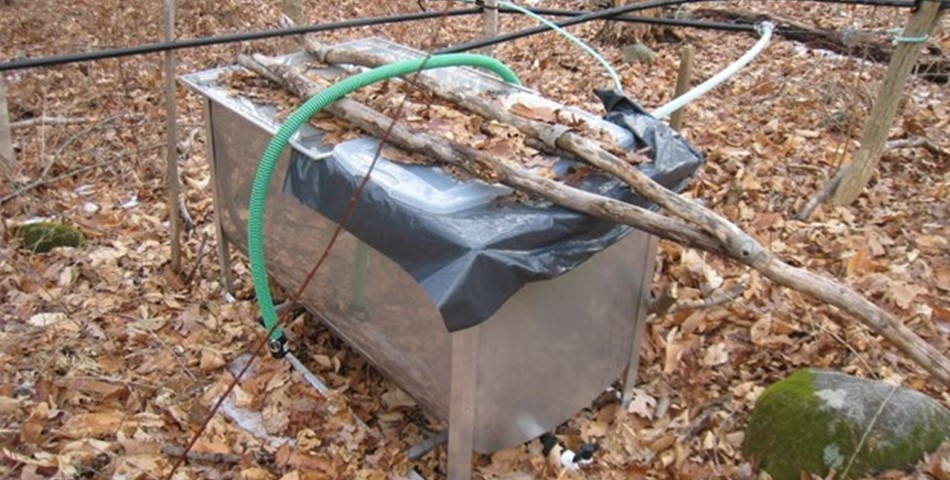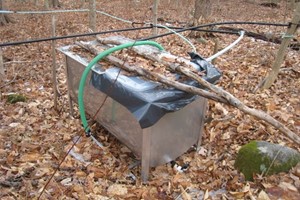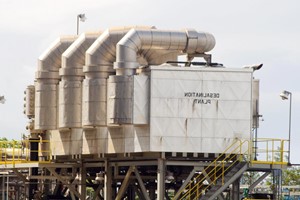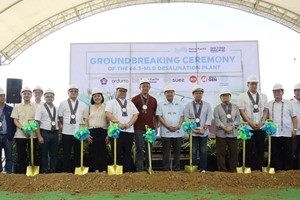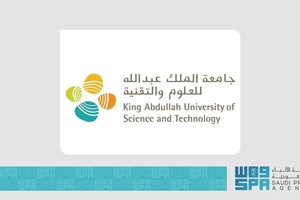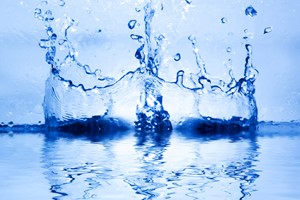Conversion Processes
Three principal methods of augmenting the world's supply of potable water are:
- Cloud seeding to furnish artificial production of rain
- Advanced waste treatment to render wastewaters directly reusable
- Conversion of salt water by a variety of processes
The first has been used with some success in arid areas, but the results are not always predictable. The second has passed from a laboratory procedure to the construction of full-size plants which are treating water in certain South African communities and returning it directly to the distribution systems to deliver drinking water to the population.
Conversion of salt water to fresh water is not a new idea. It is, in fact, the oldest and most extensive process known. Each day the power of the sun evaporates millions of tons of water from the oceans, which returns to the
earth as rain. Desalted water has chemical and physical properties similar to rainwater. It is low in total solids, corrosive, clear, generally odorless, and somewhat insipid. It may contain dissolved gases, and water desalted by the membrane process may still contain a major part of trace elements (such as boron) originally in salt or brackish water.
The great attraction of desalting water is that over 97% of the world's supply of water is saline; furthermore, much of it is contiguous to arid regions. An example of the importance of desalting is the experience at Kuwait. During the early 1950s, the Kuwait Oil Company built an oil refinery dependent on desalted water from the Gulf. In 1953, the Kuwait government put into service a then-large capacity (1.2 mgd) desalting plant of 10 triple-effect, submerged tube evaporators. This installation is also an example of economics favorable to desalting, as the heat source for the evaporative process was waste or natural gas.
Oceans. The oceans and seas contain 97% of the world's 326 million cu mi of water. One cu mi is equal to one trillion gal. Sea water contains about 35,000 ppm of salts.
Salt Lakes. In a few places there are lakes or seas with no outlet. The resultant removal of water by evaporation has left behind a liquid in which the salt content is near saturation. Examples are the Dead Sea in Israel and the Great Salt Lake of Utah. It is reported that when water is low in the Great Salt Lake, the water contains 250,000 ppm (25%) of common salt.
Ground High-Salinity. Some groundwater in the western United States and in the vicinity of oil fields may be classified as brine for it contains upward of 10,000 ppm salt.
Surface-Brackish Water. Some surface streams and estuaries contain salt of 2000 to 5000 ppm and are therefore unsuitable to drink. They may be ideal as sources of desalted water because of the low initial salt content.
Three basic types of desalting processes include evaporative, membrane, and freezing, and each of these has subtypes or alternative methods.
Evaporative (Distillation) Processes
The four subtypes in this group are multistage flash (MSF), submerged tube (ST), long tube vertical (VTE), and vapor compression (VC). The MSF process contains three flow-streams, namely influent seawater, recycled brine and product effluent water. Cold seawater is pumped through a heat exchanger where the heat gained by the seawater is furnished in part as the heat loss of the condensing product water. Partly heated seawater then goes through an atmospheric degassing tank and joins the brine in the first evaporative stage. The brine is pumped to the second stage, passing through condensers around which more product water is formed by condensation of fresh water evaporated from concentrated brine in the second stage. Condensed product water from both stages accumulates in trays and flows to a product water sump, from which it is pumped to points of use.
The vertical-tube evaporator (VTE) system is somewhat simpler. It consists of vertical tubes installed in heat exchangers arranged in series. Seawater falls through the tubes in the first section where it absorbs heat and condenses fresh water.
The submerged tube (ST) process operates somewhat like a conventional boiler. Typified by small capacity distillation equipment on ocean-going vessels, the VC process operates as a vertical tube evaporator either with boiling brine inside the tubes or flashing above the tubes. It owes its name to the fact that the fresh-water steam is pressurized.
Electrodialysis and Reverse Osmosis
Electrodialysis and reverse osmosis both use membranes. In the electrodialysis process salt water passes between layers of membranes that are selectively permeable or impermeable to ions in the salt water, depending on the membrane charge. Brine is produced in one part of the device and fresh water in the other, and the energy of separation comes from an electric current.
The heart of the reverse osmosis process is a semipermeable membrane separating salt and fresh water. The normal phenomenon of the flow of fresh water through the membrane to the salt water side is reversed by applying pressure to the salt water side.
Freezing
If saline waters are cooled sufficiently, they freeze, and the resulting ice is fresh water. The ice crystals are separated from the brine, cleansed and melted.



